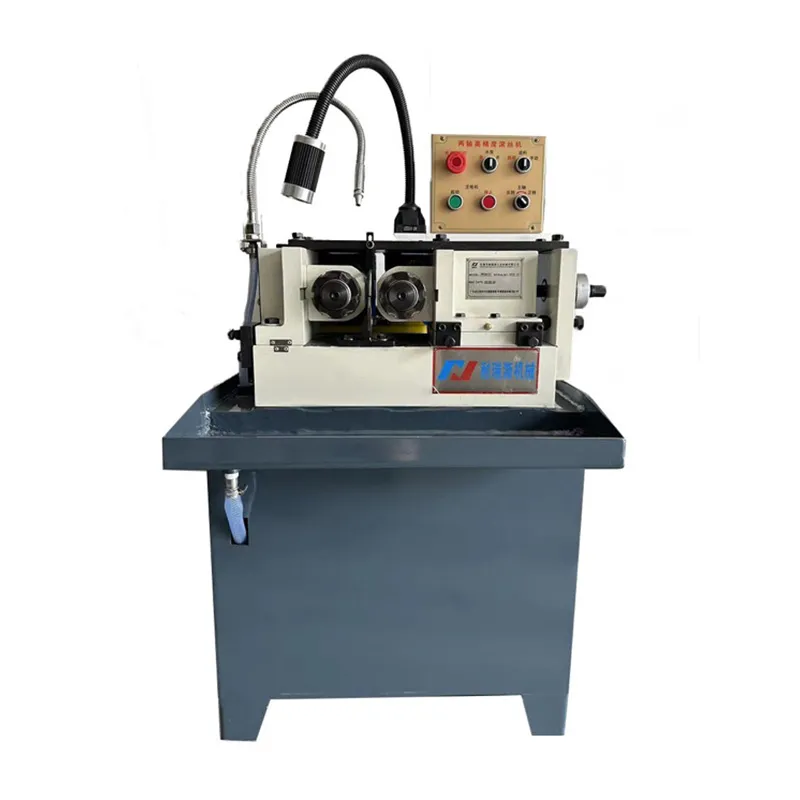
- English
- Español
- Português
- русский
- Français
- 日本語
- Deutsch
- tiếng Việt
- Italiano
- Nederlands
- ภาษาไทย
- Polski
- 한국어
- Svenska
- magyar
- Malay
- বাংলা ভাষার
- Dansk
- Suomi
- हिन्दी
- Pilipino
- Türkçe
- Gaeilge
- العربية
- Indonesia
- Norsk
- تمل
- český
- ελληνικά
- український
- Javanese
- فارسی
- தமிழ்
- తెలుగు
- नेपाली
- Burmese
- български
- ລາວ
- Latine
- Қазақша
- Euskal
- Azərbaycan
- Slovenský jazyk
- Македонски
- Lietuvos
- Eesti Keel
- Română
- Slovenski
Do you know the difference between thread rolling and thread cutting?
2024-10-17
In modern manufacturing, thread processing is a vital link. There are two main ways to form threads: thread rolling and thread cutting. Understanding the difference between these two processing methods is of great significance for selecting the appropriate processing technology, improving production efficiency and product quality.

Definition and characteristics of thread rolling
Thread rolling is a processing method that forms threads by plastic deformation. The process usually uses a rolling tool to apply pressure on the surface of the metal workpiece to make the material flow and form the desired thread. The main characteristics of thread rolling include:
1. High efficiency: Compared with cutting, rolling speed is faster.
2. Good surface quality: The surface is smooth after rolling, reducing the need for subsequent processing.
3. High strength: Due to the cold processing of the material, the strength and wear resistance of the thread are improved.
Definition and characteristics of thread cutting
Thread cutting is a traditional processing method that removes material by cutting tools to form threads. This method is suitable for a variety of materials, especially metals with higher hardness. The main characteristics of thread cutting include:
1. Strong flexibility: It can process threads of complex shapes and different specifications.
2. High precision: Cutting can achieve high dimensional accuracy and tolerance control.
3. Wide application range: suitable for small batch and customized production.
Comparison of thread rolling and thread cutting
When choosing a thread processing method, the following aspects need to be considered comprehensively:
1. Production efficiency: rolling is usually faster than cutting and is suitable for mass production.
2. Cost: rolling has more cost advantages in large-scale production, while cutting is suitable for small batch customization.
3. Material adaptability: cutting is suitable for more types of materials, while rolling has higher requirements for materials.
4. Product performance: rolled threads usually have better strength and wear resistance.


